India & Portugal: Cultural Interactions
Synopsis
Starting with the earliest travelers in the 16th century, this volume reviews the cultural legacy of five centuries of Indo-Portuguese contact. Although Goa was the capital of the Portuguese sea-borne empire in the East and their largest settlement in India, which they controlled till as recently as forty years ago, they had also settled in Daman and Diu, Calicut, and sites in Bengal. The synthesis is most evident in the architecture, both religious and civic. Two of the chapters discuss rare manuscripts in Portuguese and Dutch which document the customs and traditions of the people of 16th- century India, and particularly Goa, and reproduce translated excerpts and illustrations from these manuscripts. The evolution of Goan church and temple architecture, the typical houses of Goa, and the development of the characteristic covered porch or balcao are examined here, as are the richly carved charirs of Indo-Portuguese style. Essays on the relatively less studied Portuguese tenures on the Kerala and Bengal coasts are included. Also documented is the traditional Goan dance-song, the Mando, which has today given way to more populist variations. Joining the high table of the arts is a chapter on the rich culinary heritage for which Goa is justly famous. The variety of subjects covered makes India & Portugal an invaluable contribution to the study of this unique confluence of European and Indian cultures.
Read more
Not available
BECOME A MEMBER


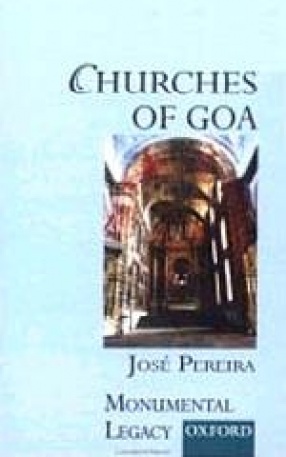
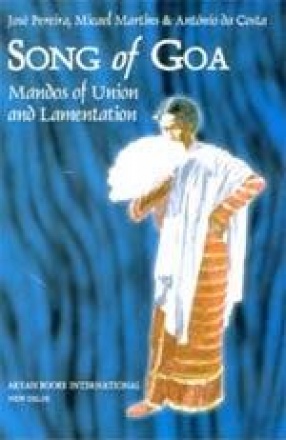
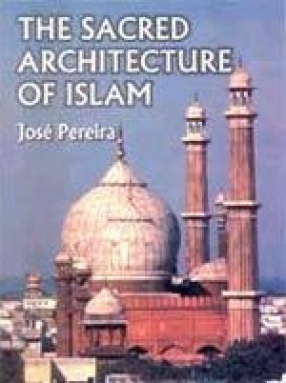
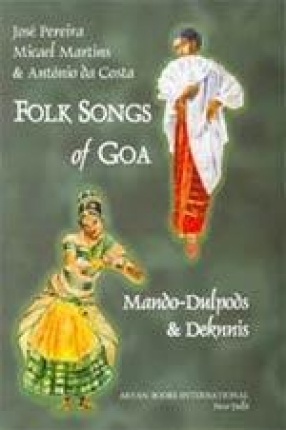

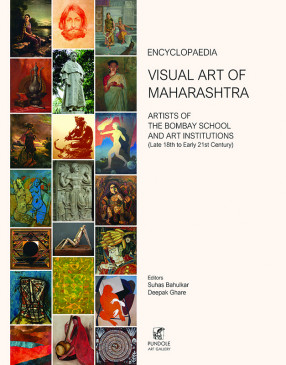
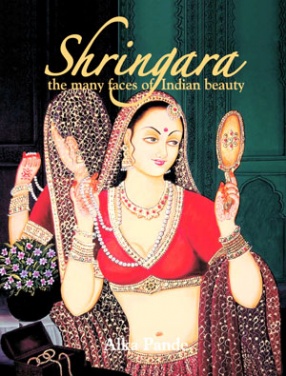
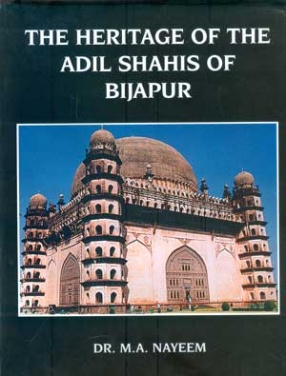

Bibliographic information
Pratapaditya Pal